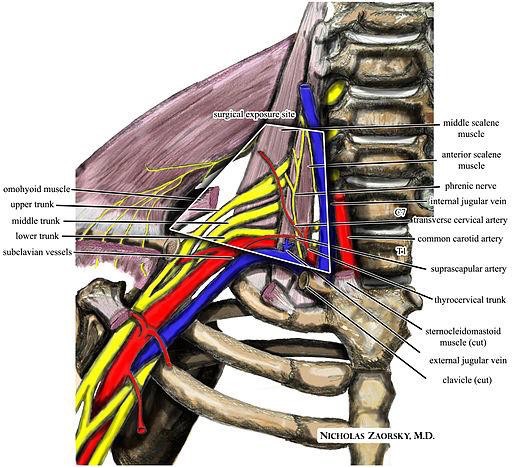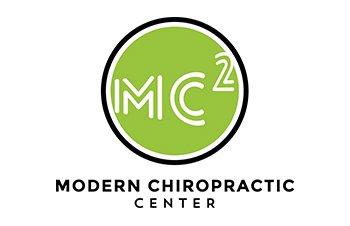TOS aka Thoracic Outlet Syndrome

TOS can affect any age and gender, it is most common in individuals who perform repetitive shoulder motions, also known as overuse injuries. Some athletes that most commonly experience TOS are baseball players and swimmers.
Thoracic outlet syndrome (TOS) encompasses a wide variety of symptoms that one experiences in their neck and upper extremities. The symptoms include neck pain, shoulder pain, numbness, tingling or coldness in the arms into the hands or fingers. Not all individuals who suffer from TOS experience all of these symptoms. Let me explain why.
There are two main causes of TOS, and each has a direct effect on the neurovascular bundle:
1: TOS can be caused by pressure on a nerve, reducing neurological function into the arm(s).
2: TOS can be caused by pressure on an artery or vein, reducing blood flow in the arm(s).
Now that we know TOS is caused by pressure on the neurovascular bundle, let’s find out the causes of that increased pressure.
There are 4 scenarios that we will discuss further: tight muscles, an extra bone, poor posture, or less common; a lesion
1: tight muscles in the neck from poor cervical spine posture.
The scalene muscles assist with neck motion, they also elevate the first rib. Elevation of the first rib is especially important during our inhalation phase; this creates more space for air in our lungs. When our scalenes are tight, they squeeze our neurovascular bundle, this pressure results in TOS symptoms such as the ones listed above.
2: an extra rib.
Ribs begin in our thoracic spine, however sometimes individuals can be born with an extra rib (or set of ribs) in their neck. When there is an extra rib, it takes up the space where the neurovascular bundle normally lies and puts pressure creating the TOS symptoms.
3: tight muscles in the chest from poor thoracic spine posture.
The pectoralis minor muscle assists with shoulder motion. When the pecs are tight the compress the axillary artery in the armpit. This artery is responsible for delivering blood to the arms. With decreased blood flow to the arms the tissues starve for blood and TOS symptoms begin.
4: a lesion.
A space occupying lesion may be compressing the neurovascular bundle. This lesion may be cancerous or non-cancerous. This scenario is rare and is the least common cause of TOS.
How do I know which of these factors is the cause of my TOS?
Through a series of tests your doctor can find the cause of your symptoms and arrive at a diagnosis. Once the doctor has found the cause of your neck pain, shoulder pain, numbness, tingling or coldness they can educate you on the best course of action to manage your symptoms.
If you are experiencing any of the symptoms listed in this article, or have been diagnosed with TOS, click here to schedule a new patient appointment with one of our board certified Doctors of Chiropractic.





